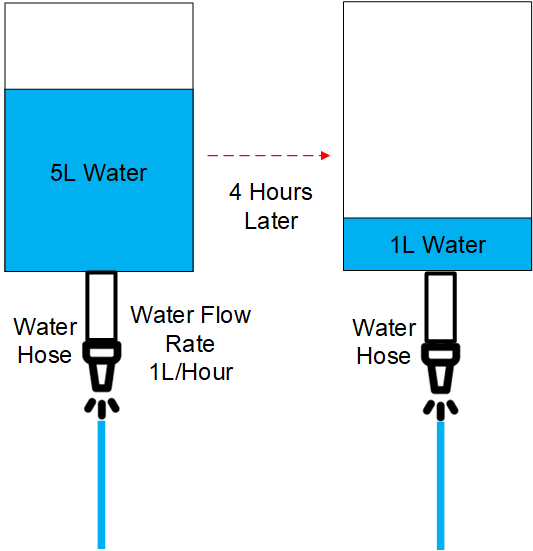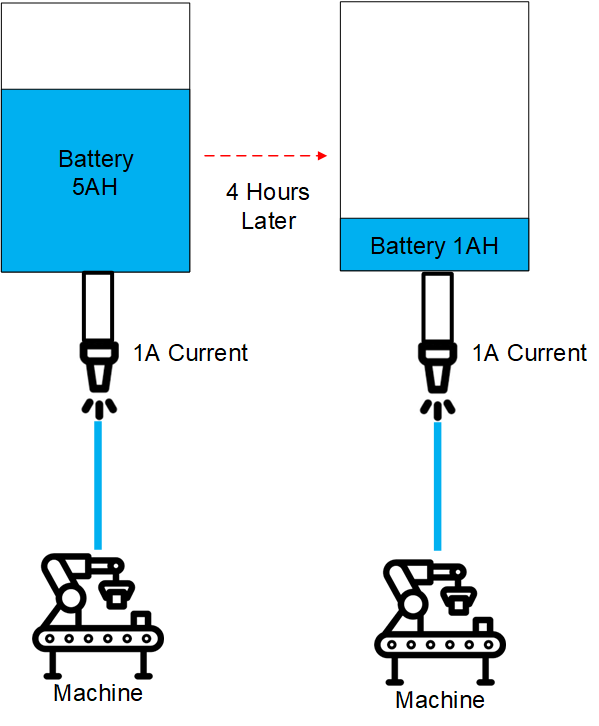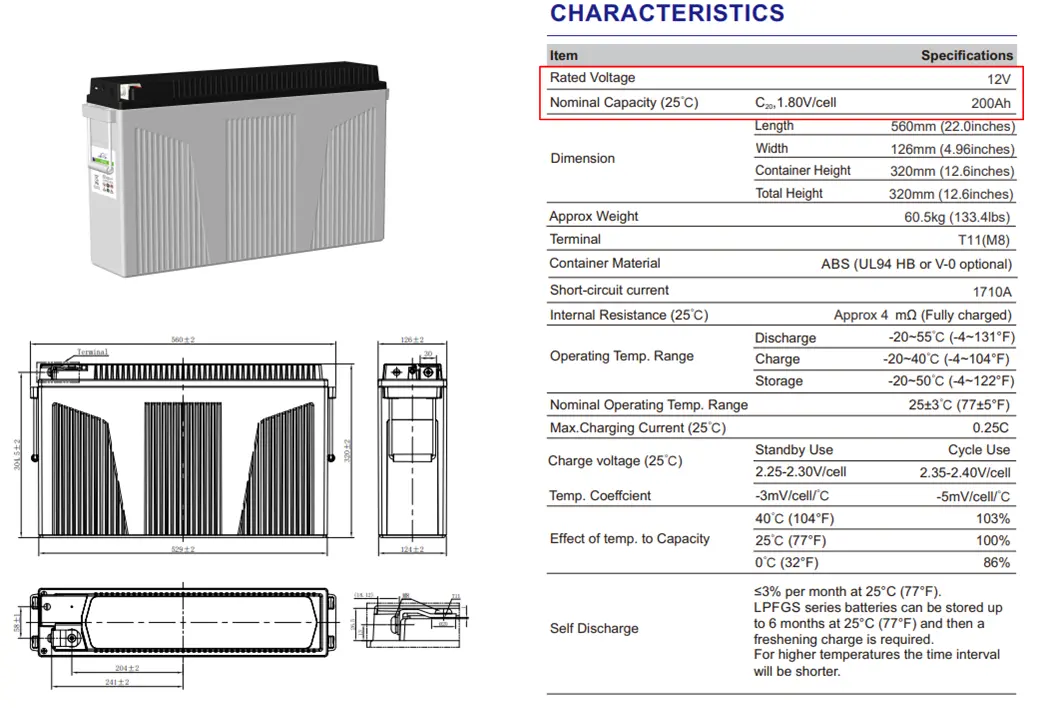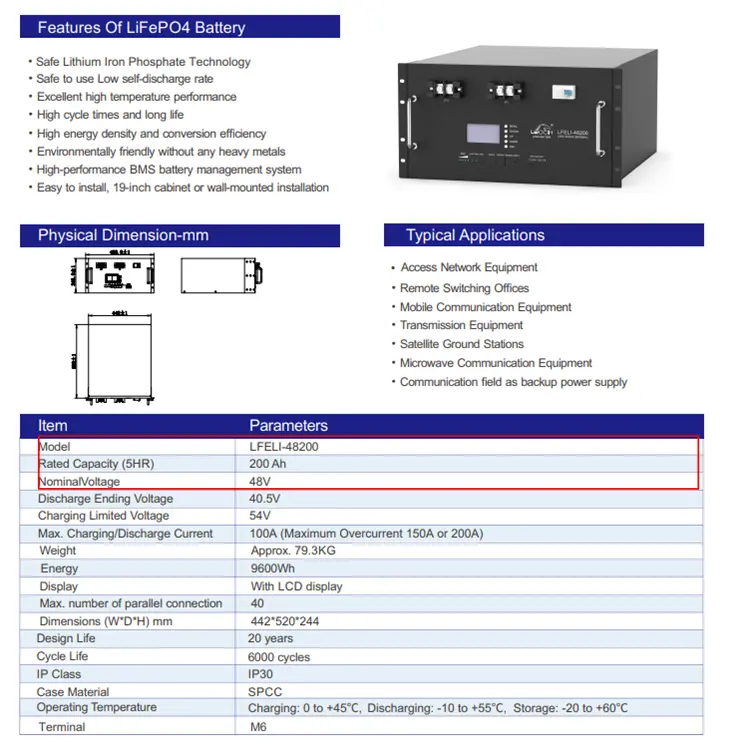200Ah to kWh Conversion for Battery
Table of Contents

200Ah to kWh Conversion
200Ah is a common capacity for lithium batteries and lead-acid batteries. However, in many cases, the battery capacity marked in Ah cannot correctly reflect the battery capacity. Therefore, it is necessary to introduce 200Ah to kWh coverage to compare the battery capacity measured in kWh. This article attempts to explain what Ah is and 200Ah to kWh conversion from an easy-to-understand perspective.
Understand Ah - Ampere-hour
The following is the standard definition of Ampere-hour, which is very difficult for non-professionals to understand. In our daily work, we only need to know how to distinguish and use it.
An ampere-hour or amp-hour (symbol: A⋅h or A h; often simplified as Ah) is a unit of electric charge, having dimensions of electric current multiplied by time, equal to the charge transferred by a steady current of one ampere flowing for one hour, or 3,600 coulombs.
Source:Ampere-hour
Let’s understand Ampere-hour with a simple example:

Suppose we have a water tank with 5L of water. We install a tap at the bottom of the tank, which flows water out at a rate of 1L/hour, so we can expect that there will be 1L of water left in the tank after 4 hours.

Using the water tank example above, let’s understand what Ampere-hour is. We can think of the battery as a water tank, and the electricity stored in it as water. When we have a device, the electricity it consumes when it runs is similar to water. First, let’s explain the Ampere-hour formula:
Battery Capacity(In Ah) = Current(A)*Time(hour)
Based on this formula, let’s look at the example in the figure above. If we have a machine that runs at a current of 1A, and our battery is 5Ah, what will happen after running for 4 hours? Obviously, the machine consumed 4ah of battery power in 4 hours, and the battery had 1ah remaining.
Battery Capacity Used = Current(A)*Time(hour)
= 1A*4hours
= 4Ah
Battery Capacity Left in Battery = Battery Capacity Initial – Battery Capacity Used
= 5Ah – 4Ah
= 1Ah
The concept of Ah seems simple, but it is limited by a key condition. For example, when you compare the capacity of two batteries, if their voltages are the same, you can use Ah to compare them directly. However, when a lead-acid battery has a voltage of 12V and a capacity of 200Ah, and another lithium battery has a voltage of 48V and a capacity of 200Ah, then they cannot be compared directly using Ah. The ultimate measure of a battery’s power is determined by how many kWh of electricity the battery has. This involves 200Ah to kWh Conversion.
Compare Battery and Read Related Paramter

The above picture shows a typical 200Ah lead acid battery. First, we need to read its most important parameters: battery voltage and capacity in Ah. From the datasheet, we can find that battery voltage = 12V, battery capacity in Ah = 200Ah.

The picture above is a typical 200Ah lithium battery. Similarly, we need to read the battery voltage and capacity in Ah from the datasheet. From the datasheet, we can find that battery voltage = 48V, battery capacity in Ah = 200Ah.
200Ah to kWh Conversion
We convert 200Ah to kWh using the following formula:
Battery Capacity(In Wh) = Battery Voltage * Battery Amp-hours
Battery Capacity(In kWh)= Battery Capacity(In Wh) /1000
Please note that 1000Wh = 1kWh


According to the above picture, we read the battery voltage or the nominal voltage, as 12V. And its battery ampere-hours is 200Ah. Then, substituting it into the above formula, we can get the following calculation:
Battery Capacity(In Wh) = Battery Voltage * Battery Amp-hours
= 12V*200Ah
= 2400Wh
Battery Capacity(In kWh)= Battery Capacity(In Wh) /1000
= 2400Wh/1000
=2.4kWh
According to the above picture, we read the battery voltage or the nominal voltage, as 48V. And its battery amp-hours is 200Ah. Then, substituting it into the above formula, we can get the following calculation:
Battery Capacity(In Wh) = Battery Voltage * Battery Amp-hours
= 48V*200Ah
= 9600Wh
Battery Capacity(In kWh)= Battery Capacity(In Wh) /1000
= 9600Wh/1000
=9.6kWh
We have completed the 200Ah to kWh conversion for the two batteries using the above formula. We can see that the capacity of this 48V200Ah lithium battery is 400% of the 12V200Ah lead acid battery. So as we mentioned above, the capacity of a battery is ultimately determined by how many kWh it has. When the voltages of two batteries are different, the battery capacities measured in Ah cannot be directly compared.
So please note that the unit of Ah cannot fully represent the capacity of the battery, and the battery voltage factor needs to be considered. So when we are asked to convert 50AH to kWh, we need to add the battery factor to the calculation. And flexibly apply this formula:
Battery Capacity(In Wh) = Battery Voltage * Battery Amp-hours
Battery Capacity(In kWh)= Battery Capacity(In Wh) /1000

